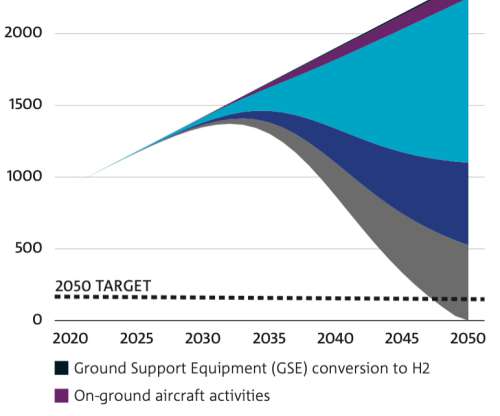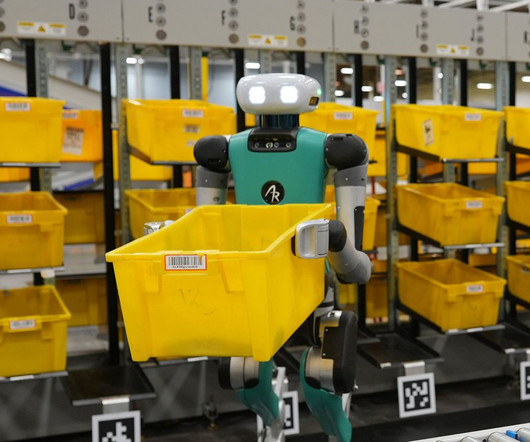CSIRO finds hydrogen could reduce aviation emissions within 5 years
Green Car Congress
AUGUST 4, 2020
The report, Opportunities for hydrogen in commercial aviation , which had technical input and funding from The Boeing Company, finds that growing hydrogen industry momentum could provide an opportunity to introduce hydrogen for niche airport applications (such as ground support equipment) as early as 2025.













Let's personalize your content